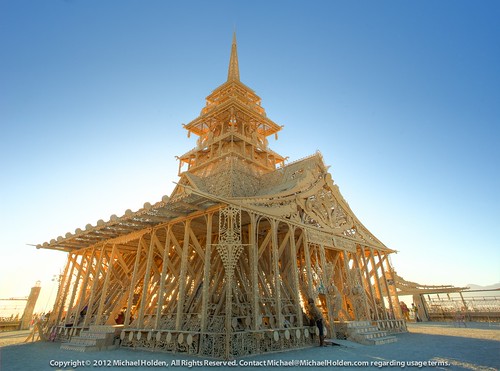 As a professor and journalist my primary academic focus is about researching and reporting on how people interact with God. The direct experience of God has been of endless interest to me my entire life, probably since the moment my caretaker told me about prayer, and how it was possible to speak with God by praying.
As a professor and journalist my primary academic focus is about researching and reporting on how people interact with God. The direct experience of God has been of endless interest to me my entire life, probably since the moment my caretaker told me about prayer, and how it was possible to speak with God by praying.
It was quite a revelation to be told that God was with me, even inside me, and that He was listening when I prayed, either in Church with others via rituals, or by myself, aloud or silently. The idea of God being present and accessible, essentially in every way, was amazing.
In the last few years I’ve gathered empirical and experiential data in the form of stories and methodologies of Christian prayer, all about people’s direct interactions with God. I’ve tried to connect antiquity with contemporary practices, recorded and output in several media: text, oral histories, ethnographic film, and audio. My findings have been published in several media: a mass-market trade book, Mysteries of the Jesus Prayer, a documentary feature film and national PBS television special under the same title, and a national public radio program, “Rethinking Religion: the Harlem Renaissance.” I also have an academic book in the works on hesychia or silent prayer, coming in early 2014 published by Fortress Academic Press.
Recently, while researching and planning to produce and direct a new PBS network television movie, “Sacred,” a filmed anthology of worldwide rituals (WNET, New York), I had the opportunity to be interviewed by monks at Vatopaidi Monastery on Holy Mount Athos in Greece, which was featured in their new online journal, “Pemptousia.” I discuss my doctoral research on the Jesus Prayer, and how I was inspired to create a feature film and book on the subject.
The monks were also quite interested in an article I had previously written for the Huffington Post Religion section on “Why It’s Cool to Go to Church Again.” The monks asked me to update and revise it for their journal, Pemptousia. This is a mass-market glimpse of what some people say they encounter through Church, and through prayer in a ritualized context.


![Nellie's Prayer. [In verse...] illustrated by J. Willis Grey | Image via flickr user The British Library](http://forums.ssrc.org/ndsp/wp-content/blogs.dir/23/files/2014/03/11204881576_a2d3dca7b7_b.jpg)






